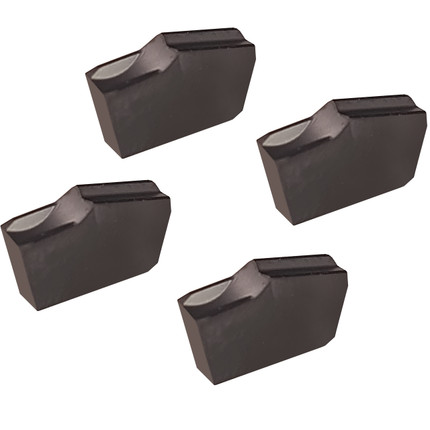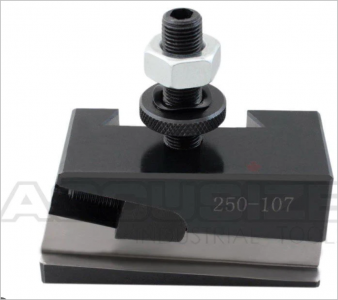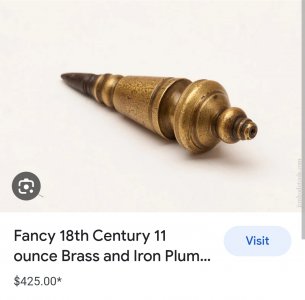Hi
I'm new here, and have recently gotten back into metal working.
Last week I was working on a test piece (brass) and broke the carbide in the parting tool that came with my lathe on the very first cut. I think the cause was the tool post being too low and working on a very small section at low speed. I have added steel shims and all of the tools cut better now, but obviously I need to replace this broken one. There are many options and I am out of my depth
I plan to make simple projects mostly in brass and aluminum - at least until I get better. I have a tool, post that holds 1/2" square stock. Is there something that I should be looking for in this kind of tool?
thanks in advance
I'm new here, and have recently gotten back into metal working.
Last week I was working on a test piece (brass) and broke the carbide in the parting tool that came with my lathe on the very first cut. I think the cause was the tool post being too low and working on a very small section at low speed. I have added steel shims and all of the tools cut better now, but obviously I need to replace this broken one. There are many options and I am out of my depth
I plan to make simple projects mostly in brass and aluminum - at least until I get better. I have a tool, post that holds 1/2" square stock. Is there something that I should be looking for in this kind of tool?
thanks in advance








